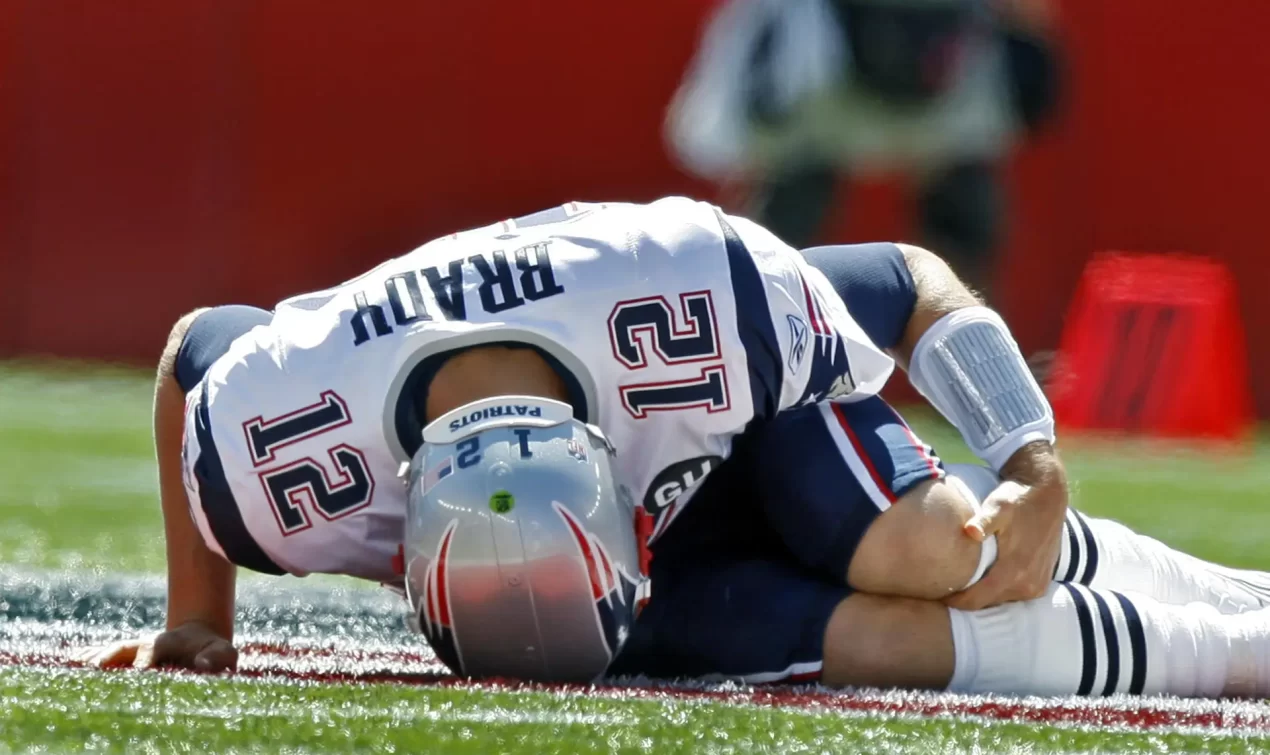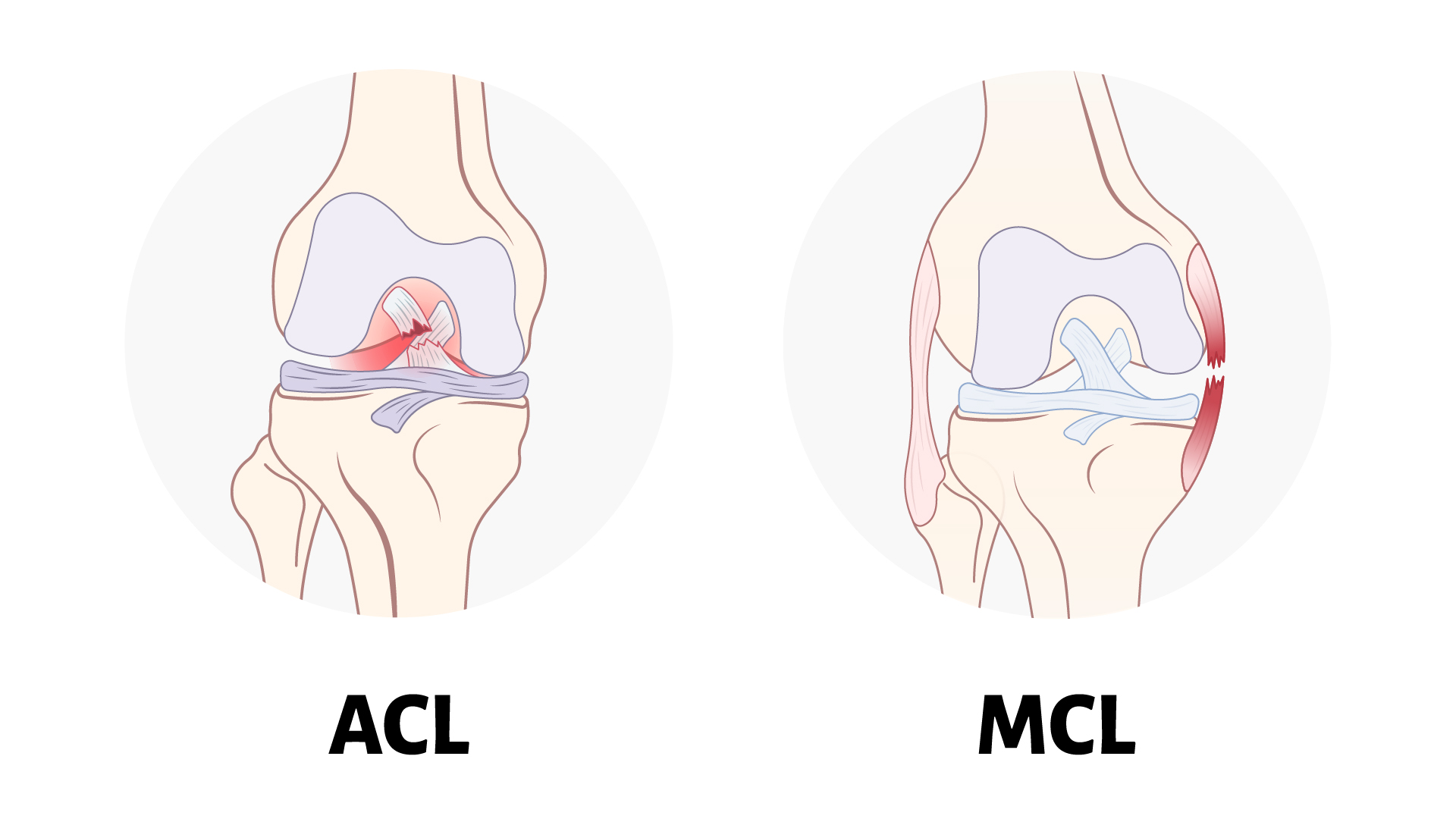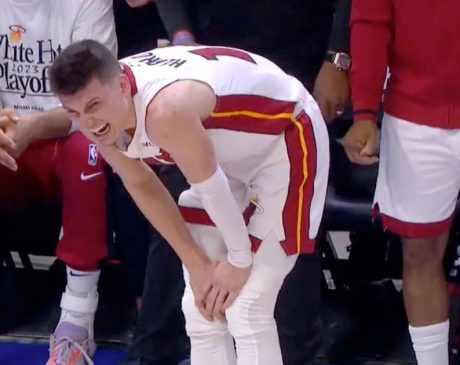The Star of The Super Bowl
The Background/Pre-Injury
Tom Brady, widely regarded as one of the greatest quarterbacks in NFL history, had already established himself as the face of the New England Patriots by the 2008 season. Brady was a sixth-round pick in the 2000 NFL Draft, and had defied expectations, leading the Patriots to three Super Bowl victories and building a reputation for his leadership, pinpoint accuracy, and ability to perform under pressure. Coming off a record-breaking 2007 season in which he threw for 50 touchdowns and led the Patriots to a perfect 16-0 regular-season record, Brady entered the 2008 season as the reigning NFL MVP. Expectations were high, and the Patriots were once again considered championship favorites. However, those hopes took a massive hit in the very first game of the season when Brady suffered a devastating injury that would change the course of his career.
The Injury
Tom Brady’s injury occurred on September 7, 2008, during the Patriots’ season opener against the Kansas City Chiefs. In the first quarter, Brady dropped back to pass and completed a throw to Randy Moss. Just after releasing the ball, Chiefs safety Bernard Pollard, who had been blocked to the ground, lunged forward and crashed into Brady’s left knee. The impact caused Brady’s leg to buckle awkwardly, and he immediately fell to the turf, grimacing in pain.
Brady tried to stand up, but his knee was too unstable. Though he eventually walked off the field under his own power, the concern on the Patriots’ sideline was evident. After undergoing medical evaluations, it was confirmed that Brady had suffered a complete tear of both his anterior cruciate ligament (ACL) and medial collateral ligament (MCL) in his left knee, ruling him out for the remainder of the season.
The ACL is a critical ligament in the knee that stabilizes the joint and allows for smooth pivoting, stopping, and cutting movements. The MCL, located on the inner side of the knee, provides additional support and helps prevent excessive inward bending. A complete tear of both ligaments meant that Brady’s knee was severely damaged, requiring reconstructive surgery and a lengthy rehabilitation process.
Post-Injury
Brady underwent ACL reconstruction surgery on October 6, 2008. The procedure involved replacing the torn ACL with a graft, either from Brady’s own tissue or from a donor, to restore knee stability. The MCL, which often heals naturally with time, was left to recover on its own.
However, Brady’s recovery process was complicated by an unexpected setback. Following surgery, he developed a staph infection in his knee, which required additional procedures to remove infected tissue and prevent further complications. Staph infections can be dangerous, particularly after surgery, as they can lead to prolonged healing times and, in severe cases, require additional reconstructive procedures. Brady was placed on an aggressive antibiotic treatment plan to ensure his knee fully recovered before beginning his rehabilitation.
The recovery process required patience and meticulous attention to detail. In the early stages, Brady focused on reducing swelling and regaining basic movement in his knee. He progressed to strengthening exercises, rebuilding muscle in his quadriceps and hamstrings to provide additional support to the knee joint. As he regained mobility, he worked on balance and agility drills, ensuring that his knee could withstand the demands of an NFL game. Throughout the process, Brady remained committed to his rehab, spending countless hours working with the Patriots’ medical staff to make a full recovery.
Though the injury was a major setback, it ultimately became a defining moment in Brady’s career. He adapted his game, relying more on his quick release and pocket awareness rather than mobility. Over the next decade, he continued to dominate the NFL, winning multiple Super Bowls and further cementing his legacy as one of the greatest quarterbacks of all time.






